12 Bread Baking Tips & Tricks for Perfect Homemade Loaves
Master homemade bread with these 12 bread baking tips and tricks! Learn how to bake soft, fluffy, and flavorful loaves every time.
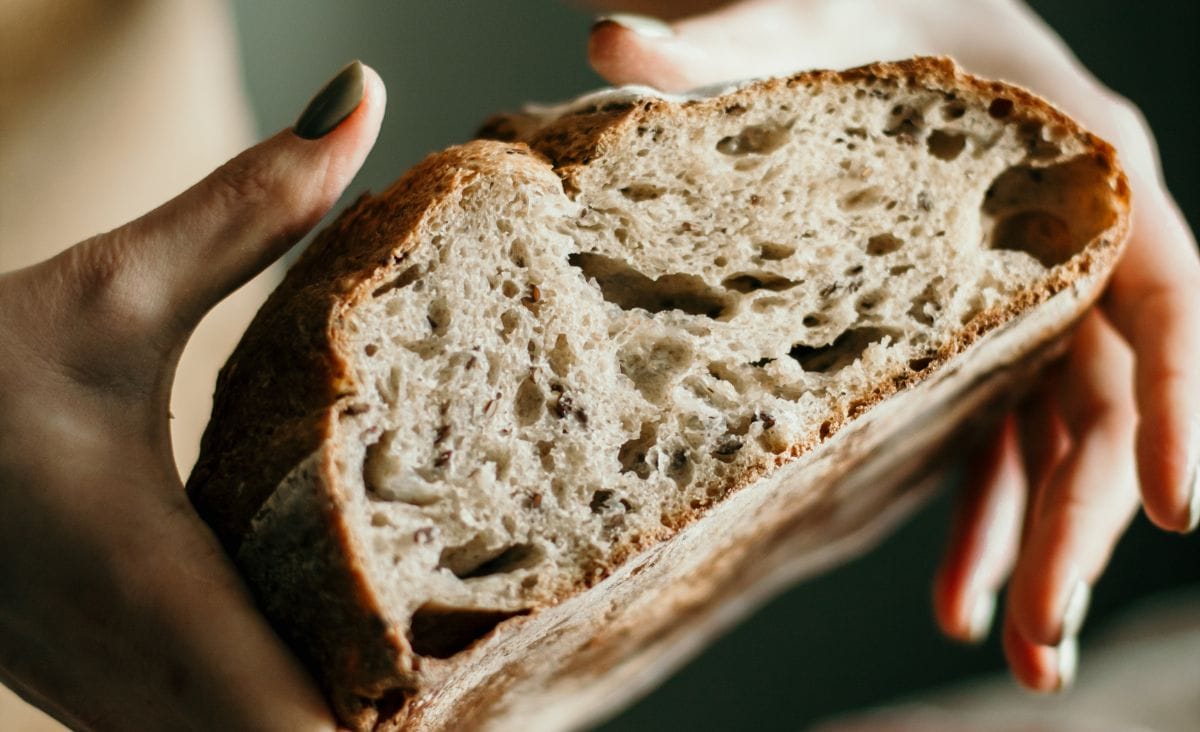
There was a time when my homemade bread was so dense and dry that even the dog wouldn’t touch it. Trust me, I know the struggle of mastering bread baking—the frustration, the flops, and the kitchen disasters. But after countless trials and errors, I’ve learned some game-changing tips that transformed my bread from brick-like loaves to soft, fluffy perfection.
In this guide, I’m sharing my best bread baking tips and tricks to help you avoid common mistakes and bake delicious, homemade bread every time. From understanding how yeast works to mastering dough handling, these bread-making secrets will take your baking skills to the next level. Plus, I’ll share some of my favorite bread recipes to get you started.
1. Keep Yeast and Salt Separate
When mixing dry ingredients, always keep yeast and salt apart. Salt can kill or slow down yeast activity, preventing your dough from rising properly. I usually add salt to the flour and place the yeast on the opposite side of the bowl before mixing. This ensures the yeast activates as it should, leading to better rise and texture.
2. Choose the Right Yeast
Using the right yeast makes all the difference. I swear by SAF Instant Yeast because it’s consistent and doesn’t require proofing. Plus, storing it in the freezer keeps it fresh for months. Active dry yeast works too, but it needs to be dissolved in warm water first. Pick the yeast that fits your baking style and storage habits.
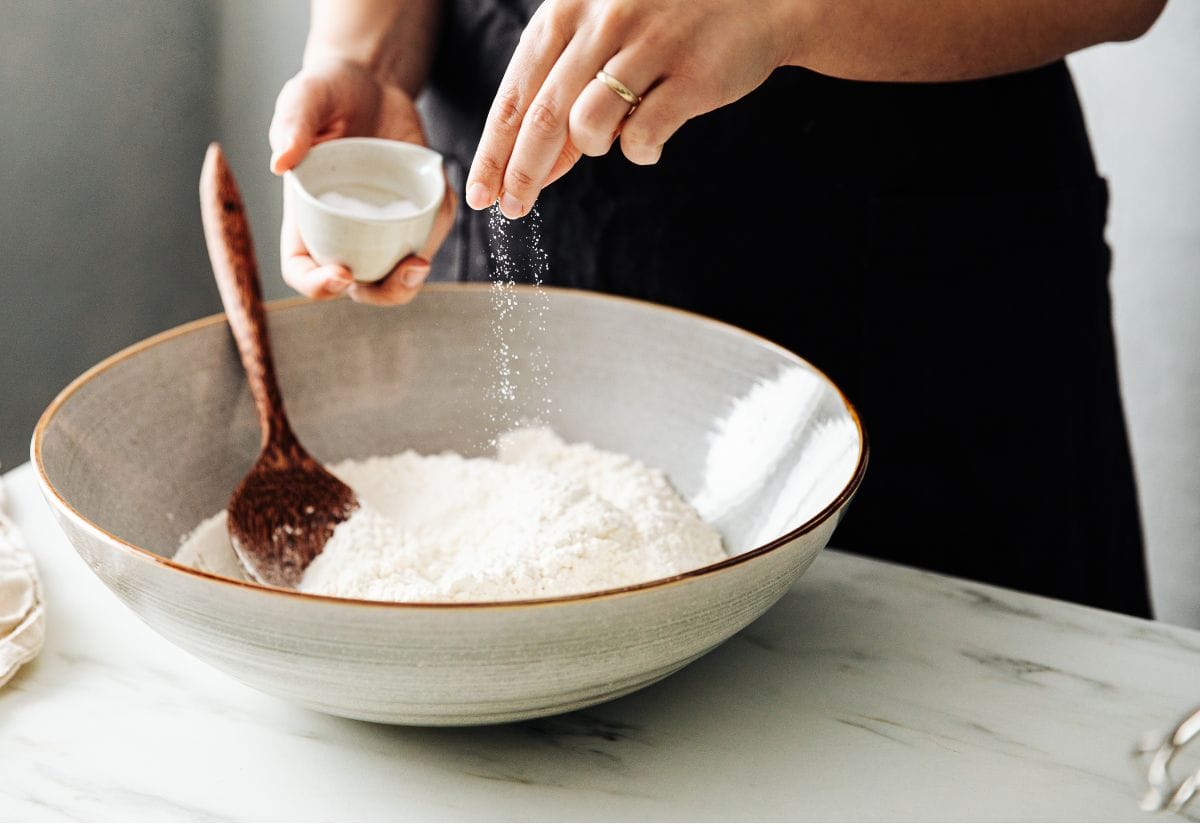
3. Use a Dough Enhancer
A dough enhancer, like powdered milk, vital wheat gluten, or even a splash of lemon juice, can improve your bread’s texture. These ingredients help create a lighter, fluffier loaf, especially when baking with whole wheat flour. You can also make a homemade dough enhancer by combining just a few simple ingrediets.
4. Be Flexible with Flour Amounts
Flour isn’t a one-size-fits-all measurement. Weather, humidity, and altitude can all affect how much flour your dough needs. Start with a cup less than the recipe suggests and slowly add more until the dough pulls away from the bowl and feels slightly tacky but not sticky. Trust your hands more than the recipe.
5. Measure Flour Correctly
Incorrectly measuring flour is a common mistake. Never scoop directly from the bag—it compacts the flour and leads to dry, dense bread. Instead, spoon the flour into your measuring cup and level it with a knife. Better yet, use a kitchen scale for precision.
6. Always Use Fresh Ingredients
Expired yeast or baking powder can ruin your bread. Always check expiration dates, especially on yeast. If you’re unsure about your yeast, dissolve a teaspoon in warm water with a bit of sugar. If it doesn’t foam after 5-10 minutes, it’s time for fresh yeast.
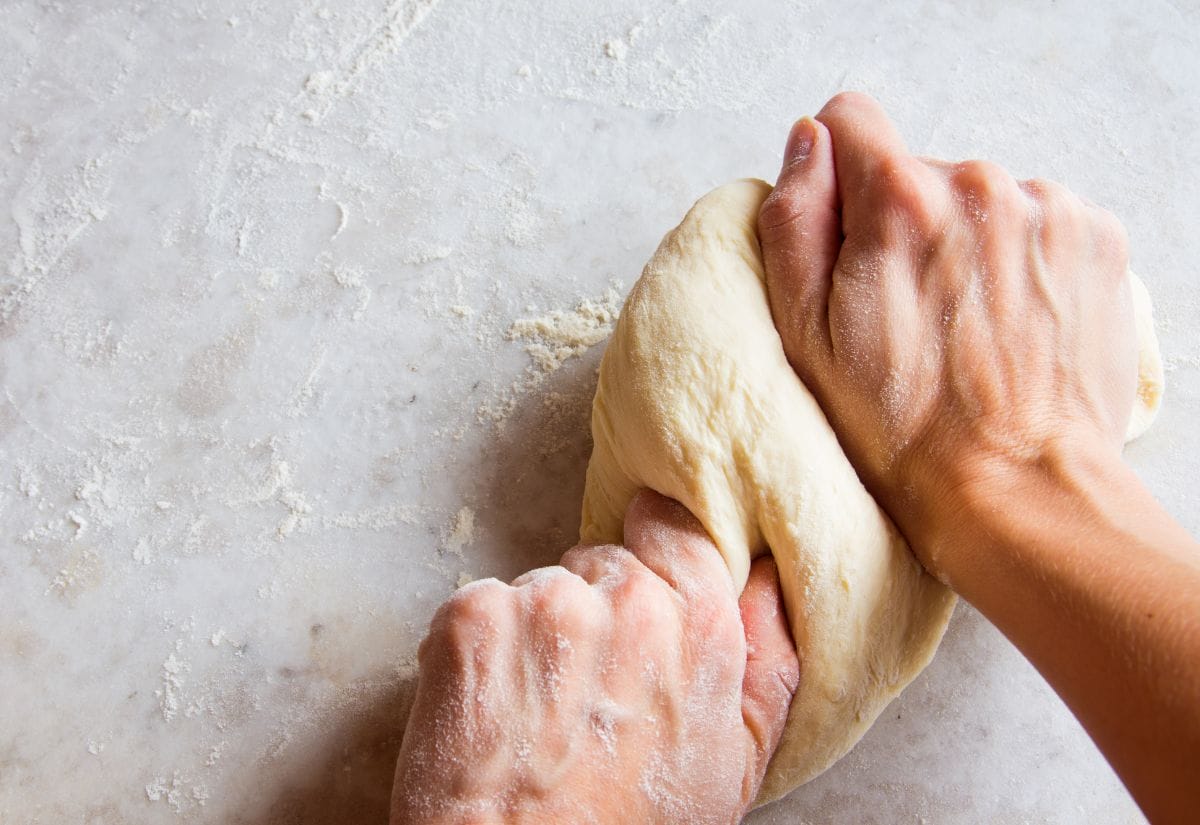
7. Use Oil Instead of Flour for Kneading
Too much flour during kneading can make some bread dry. If I’m working on a traditionally dry dough, I lightly oil my hands and countertop instead—it keeps the dough moist and prevents sticking. Olive oil or vegetable oil works great and can even add a subtle flavor to the bread. If you are using flour, less is more.
8. Create the Perfect Rising Environment
Cold, drafty kitchens can sabotage rising dough. I preheat my oven to 170°F for a few minutes, turn it off, and place the dough inside. Alternatively, cover your dough and place it near a warm appliance or in a proofing box to create the perfect rising environment.

9. Add Steam for a Crispy Crust
For that golden, artisan-style crust, steam is key. Place a metal pan on the bottom rack of your oven while preheating. When you put the bread in, pour boiling water into the pan to create steam. This keeps the crust soft while the bread rises and then crisps it up beautifully.
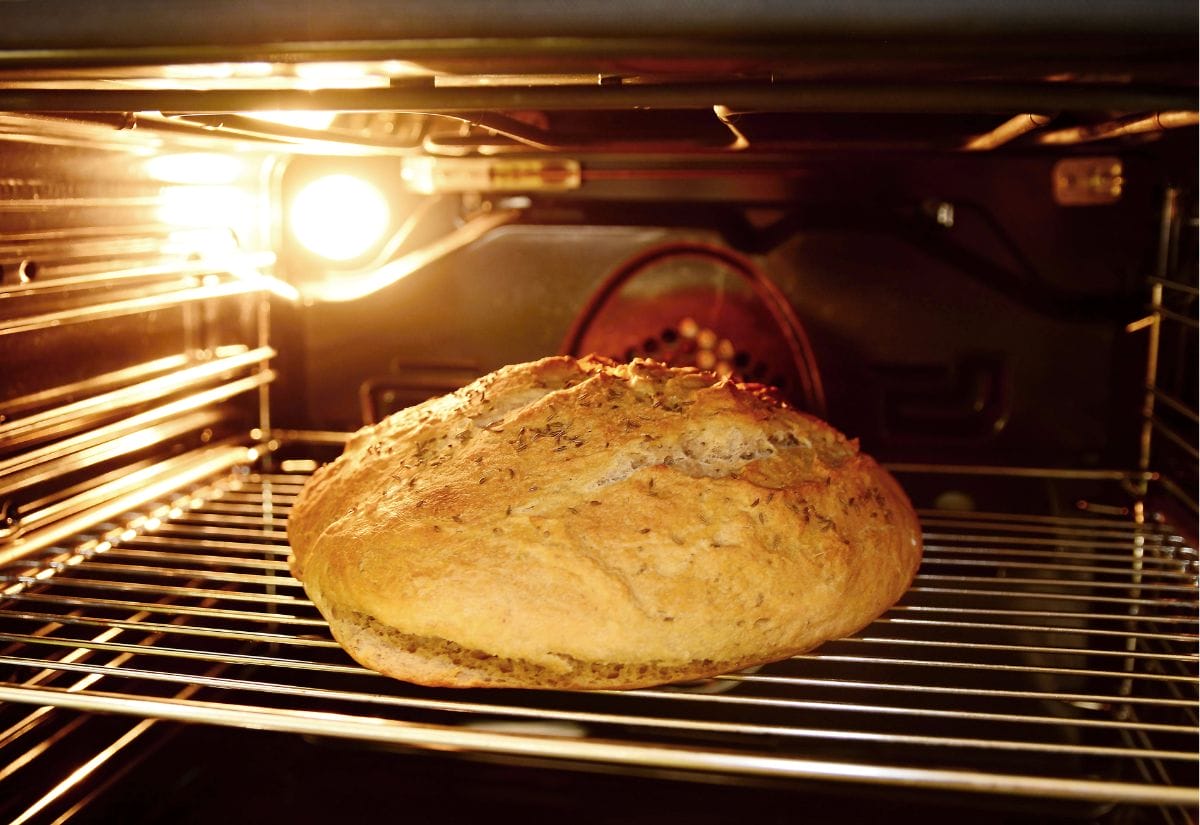
10. Don’t Rush the Process
Bread baking is a slow art. Letting the dough rise fully develops flavor and texture. Resist the urge to speed up rising with too much heat or by skipping rest times. Give your dough the time it needs—it’s worth it!
11. Score Your Dough Before Baking
Scoring dough isn’t just decorative—it controls how the bread expands. Use a sharp knife or bread lame to make quick, clean cuts on top of the dough. This prevents random splitting and gives your bread that beautiful, professional look.
12. Let Bread Cool Before Slicing
Freshly baked bread smells amazing, but slicing too soon can make it gummy. Let it cool for at least 30 minutes. This allows the crumb to set properly and gives you cleaner slices with better texture.
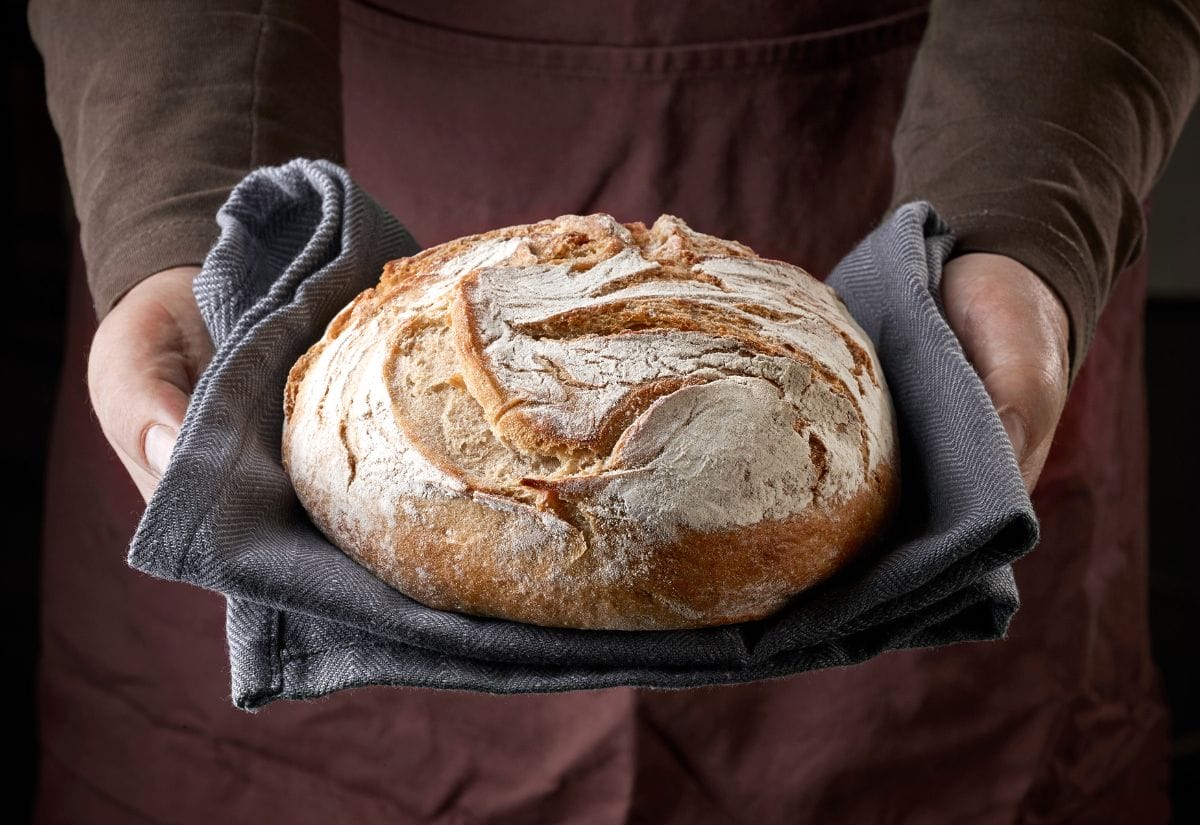
Baking Bread: Answers to Your Top Questions
Recipes to Try
Ready to put these tips into practice? Below are some of my favorite tried-and-true bread recipes that are perfect for bakers of all skill levels. Whether you’re looking for a soft sandwich loaf or a rustic artisan bread, these recipes will help you bake with confidence!
- Honey-Wheat Oatmeal Bread & Amish White Bread by Runamuk Acres
- Simply Perfect Homemade Cheese Bread by Seasons & Suppers
- No Knead Simple Whole Grain Bread by Northern Homestead
- 1 Hour French Bread by This Pilgrim Life
Ready to bake better bread? Don’t forget to pin this!
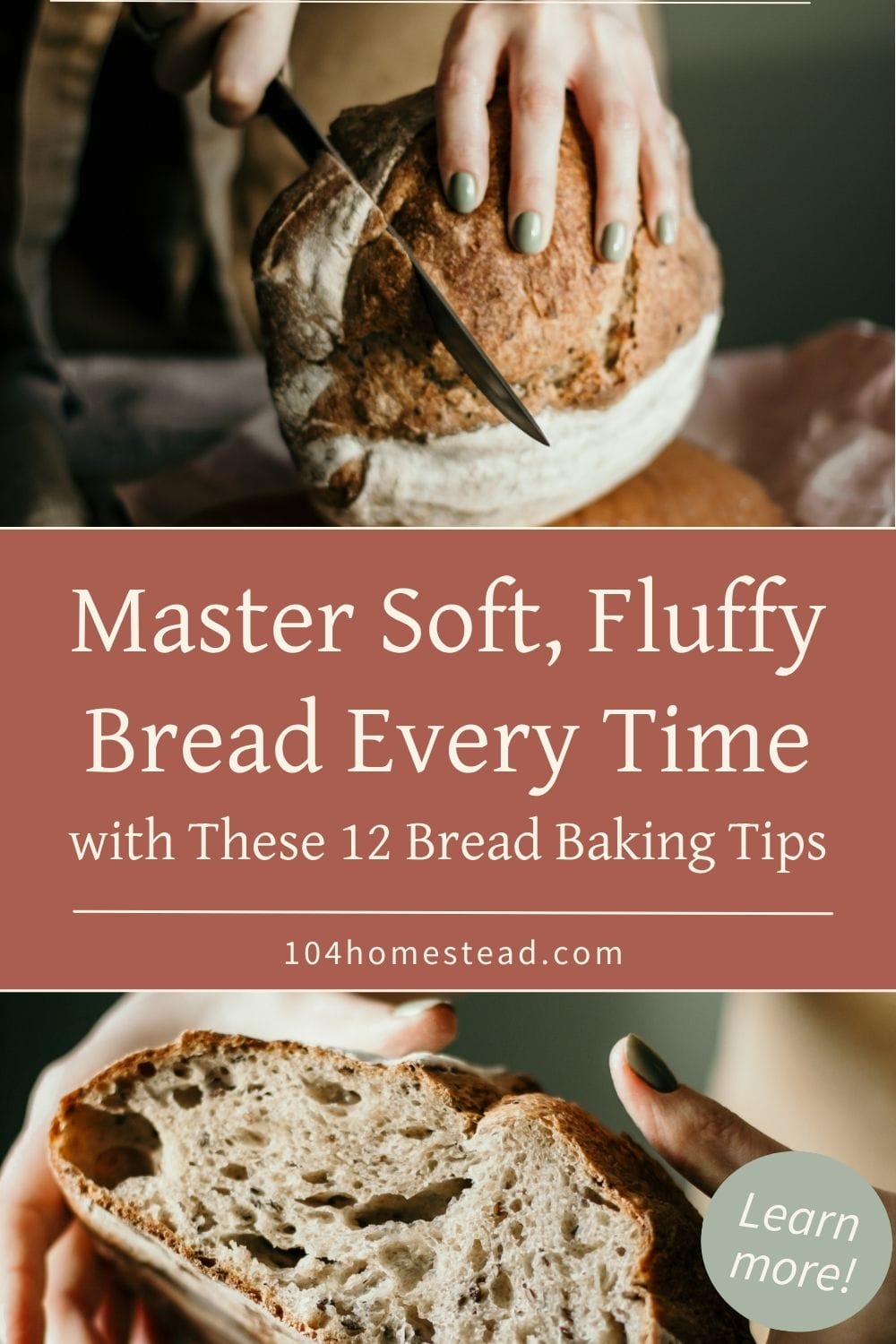
Baking bread doesn’t have to be intimidating. With these bread baking tips and a little patience, you’ll be serving up soft, flavorful homemade loaves in no time.
If you’re ready to expand your bread-baking skills, I’ve got you covered! For a soft and classic loaf, try making a simple homemade white bread that’s perfect for sandwiches or toast. Looking for something heartier? Dive into the rich, fluffy goodness of homemade potato bread—it’s comfort food at its finest. And if you’re feeling adventurous, explore the world of sourdough with an easy collection of starter-friendly recipes that’ll have you baking like a pro in no time!
Have a favorite bread-making trick? Share it in the comments—let’s learn from each other and bake better bread together!





